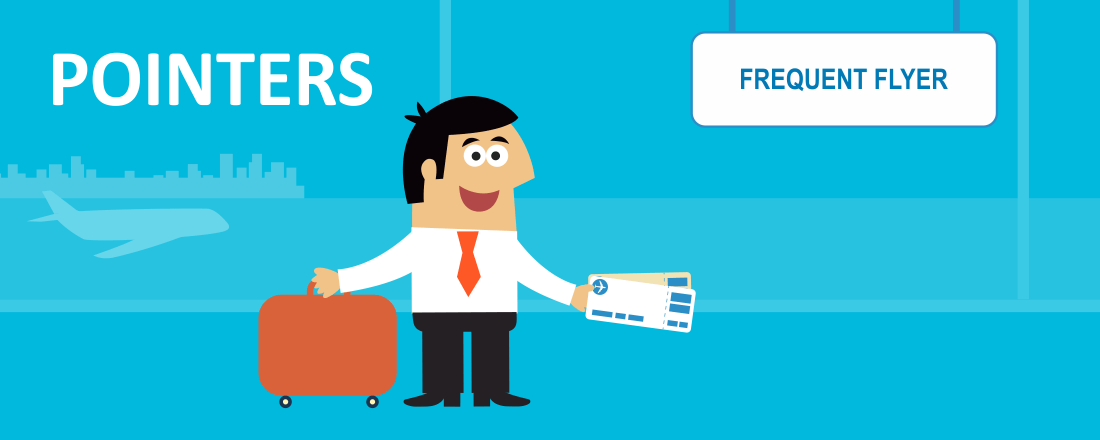
In the complex world of airline award travel, there is some terminology that needs a bit of explaining. If you understand the terms it will make your travel planning much easier. So let’s talk about how it all works and decipher the jargon along the way.
Codeshare
Airlines partake on this journey when they wish to expand their destination choices. For example, United flies from Houston, Texas (IAH) to Tokyo-Narita, Japan (NRT) once daily. They used to do it twice daily, but looked like that proved too expensive. So they dropped the second flight, then their Star Alliance partner ANA (NH) picked up the route and United can now sell tickets on that ANA flight without the added expense of the crew, fuel, etc. of operating its own airplane. It’s termed a codeshare since United shares its code (UA) with ANA on that flight. So now that ANA flight has two numbers: NH173 and UA7937.
In the same vein, United has a flight that it operates; UA7, and that is codeshared with ANA as NH6451. It does get a bit confusing at times when you are at the airport in knowing which airline to check-in. But if you take a closer look at your ticket, it will tell you as the airlines are required by law to say who is operating the flight if its not being operated by the airline from which you purchased the ticket. As an example, that UA7937 will say in small letters “operated by ANA” which means you should check-in with ANA. And the NH6451 flight will say “operated by United” which means to check-in with United.
Operating carrier
This is the airline that is flying the flight. When you get to the airport and you see United or American on the side of the airplane, that is the operating carrier. You usually have to check-in with them. This may be different than the carrier from whom you bought the ticket, so your flight number may be NH6451, but you are boarding a United airplane (UA7) due to the relationship between the two airlines.
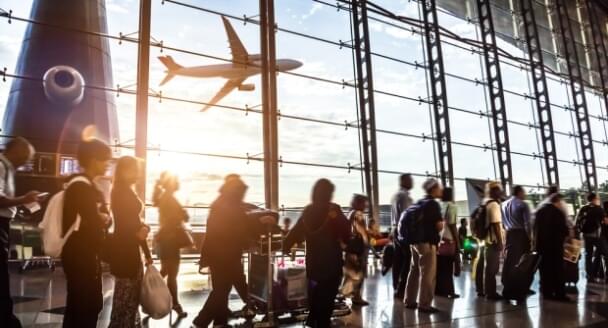
Alliance
This is a big word for airline friends and can is like a conglomerate. The idea behind an alliance is that the sum of the parts is better than the individuals. So several airlines come together to give customers one seamless experience. As an example, if you are flying from say Houston, Texas (IAH) to Osaka, Japan (KIX), you can check-in with United in Houston and get all your boarding passes even though you are flying on United to Tokyo-Narita, Japan (NRT), then ANA from Tokyo to Osaka. Also, your bags are checked all the way through to Osaka. This is as a result of an Alliance called Star Alliance.
There are three large Alliances in the airline industry: oneworld, SkyTeam and the largest, Star Alliance. The idea is that you join the frequent flyer program of one airline, usually the one you fly the most, and then you can also earn miles when you fly the other carriers in the alliance. It used to be very simple, but it’s gotten complicated recently, so its necessary to look at the fare class in which you are booked then check the relationship page of your airline with the carrier you are flying to see what percentage of the actual miles flown you will receive. Also some carriers have you earn status/miles by the amount of money you spend instead of the amount of miles you are flying. So read carefully before you choose your “home” airline.
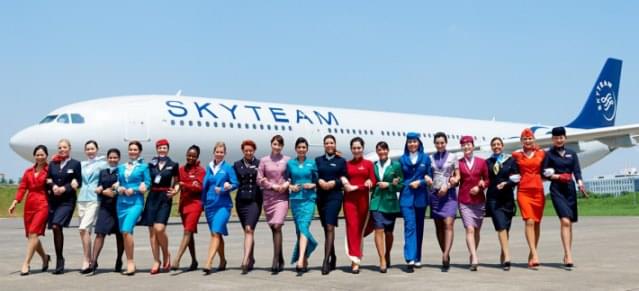
When you fly an alliance, you get some degree of consistency since the airlines try to ensure that there are basic standards that each carrier follow before they are accepted into the alliance. The best part though, is there is an elite status tier at the alliance level which equates to your elite status at the airline level.
Let me explain. In oneworld for example, if you are American Airlines AAdvantage Platinum, then you are oneworld Sapphire; if you are a Delta Gold Medallion, you are SkyTeam Elite Plus and if you are a United Premier Gold, then you are Star Alliance Gold. All these levels will give you access to the lounges for the partners you are flying and sometimes the lounges for the other partners in the alliance that you are not flying. This makes for great lounge hopping when you’re between flights.
As an example, you can use the Thai Lounge in Hong Kong if you are Star Alliance Gold and are flying on United that day and you could be earning miles on Lufthansa since they are all part of the same alliance: Star Alliance.
These elite tiers also come with other perks such as priority boarding, extra baggage allowances, better seats on the plane and a better priority on the upgrade standby lists just to name a few. This makes it worthwhile to be loyal to one particular brand or alliance.
Each of the alliance websites has a chart that explains what your status on each airline means at the alliance level.

Now, there are some airlines that do not belong to any of the three alliances, but you can still fly them and earn miles as the airline you chose had a previous relationship with them before they joined the big Alliances.
Alaska Airlines comes to mind as a great example. They have a relationship with American Airlines, but are not part of the oneworld Alliance. So this means that I can sign up for the American Airlines AAdvantage frequent flyer program, earn miles while flying on Alaska Airlines and once I’ve accumulated enough miles for an award ticket, use those miles on Cathay Pacific using the award booking system on AA.com.
Similarly, Alaska Airlines also has a relationship with Delta Air Lines so you can earn miles by flying Delta using the Alaska Airlines program and then redeem them on say Emirates Airlines since Alaska Airlines has a relationship with Emirates.
If you are a member of the Delta SkyMiles program (SkyTeam Alliance) you can also redeem your miles on Virgin Australia and Virgin Atlantic who are not members of any alliances, but they have a special relationship with Delta. You can also earn miles on the Virgin carriers and redeem them for flights on Delta as well.
In the Star Alliance arena, United Airlines has a relationship with Hawaiian Airlines who is not a member of any of the major alliances. So you can fly United and earn miles on the Hawaiian program and use them to book Korean Air who is a SkyTeam member.
Some of these arrangements are lucrative since a trip may cost say 25,000 miles with one relationship and 20,000 with another.
Earning Miles
I touched on earning miles above, but its worth looking into further. As a reward for being loyal to one airline, you are given miles or points for the money you spend with the airlines. The normal way is to give you one mile for each mile you travel, but some airlines give you points based on how much you spend and if you earn a certain amount of points/miles then you get different status levels. Each status level gives you different perks such as priority check-in, extra baggage allowances, preferred seating at no charge, free drinks and airport lounge access to name a few. These perks do add up so it pays to be loyal.
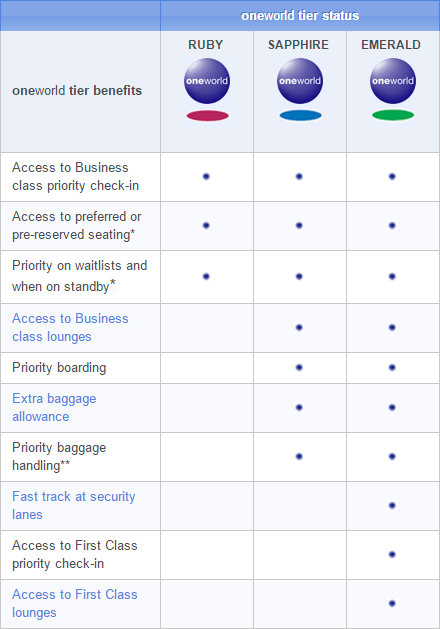
The key is to read how your airline works and follow those rules to improve your status.
You don’t always have to fly to earn points/miles. You can stay in a hotel, rent a car, get a credit card, dine at a restaurant, buy magazines and shop. Sometimes you can even fill out surveys and get points/miles. The airlines will also use miles/points as a compensation for service problems during your travels.
They will usually tell you whether or not the miles you are earning counts towards your elite status. So for example, lets say it takes 20,000 miles to get to silver status on an airline and you have 15,000 and your flight was cancelled and you missed your wedding. The airline may give you 7,000 miles as compensation, but be advised that this does not count towards your elite status so although you have 22,000 miles, you won’t have silver status since 7,000 miles did not count toward the status. Your account should show this information.
One thing to note too is that the earned status usually lasts for one year, starting in March and ending in February the next year. But you have to earn it by December of the current year. This is why you see fliers doing mileage runs at the end of the year to qualify for the next status level.
Burning Miles
Well, if you’ve earned the miles, you should use those miles. Or as they say in the industry, burning miles. You burn miles by using them as the program allows. This may be taking flights, which is the most common, or donating them to charity, purchasing lounge access, using them for upgrades, shopping and cruises just to name the most popular choices. Read the “Use Miles” section of your airline’s program to see how the miles can be used.
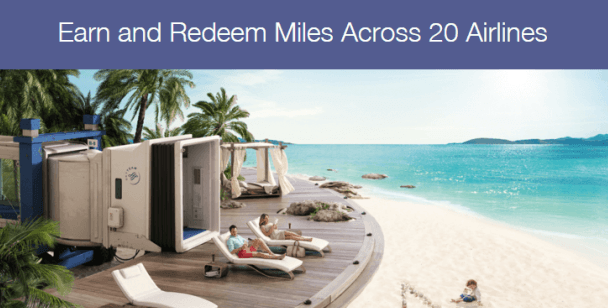
In terms of using them for air travel, you use the award booking chart for your airline which will let you know how many miles it will take to fly from say the U.S. to Europe or intra-Europe on a partner. Then you would use the award booking engine on the airline’s website or make a phone call to reserve. You may be charged if you book by phone, so check that out before you book. Sometimes it is necessary to call though as the partner you want may not be available for booking online. In these cases, you usually won’t be charged to book.
Some flyers do hoard miles as they want to do really big trips, or they have no idea what to do with them. Be careful as some miles do expire. Once you sign in to your online account though, the airline will tell you how many miles expire and when. Sometimes all it takes is for you just to purchase a magazine using miles or rent a car to keep your miles from expiring. Or sign up for a card. So don’t let those miles expire.
If you don’t have enough miles for a transaction, you can sometimes purchase the difference at a pre-determined rate. You will be notified during the transaction and/or on the airline website in the frequent flyer section.
So there you have it, a basic lesson in some of the terms you need to know to get the most out of the frequent flyer world. Choose your “home airline” wisely and start earning miles today.
